Mosasaurus - Lords of the Seas
27.11.2023 03:40
3432 views
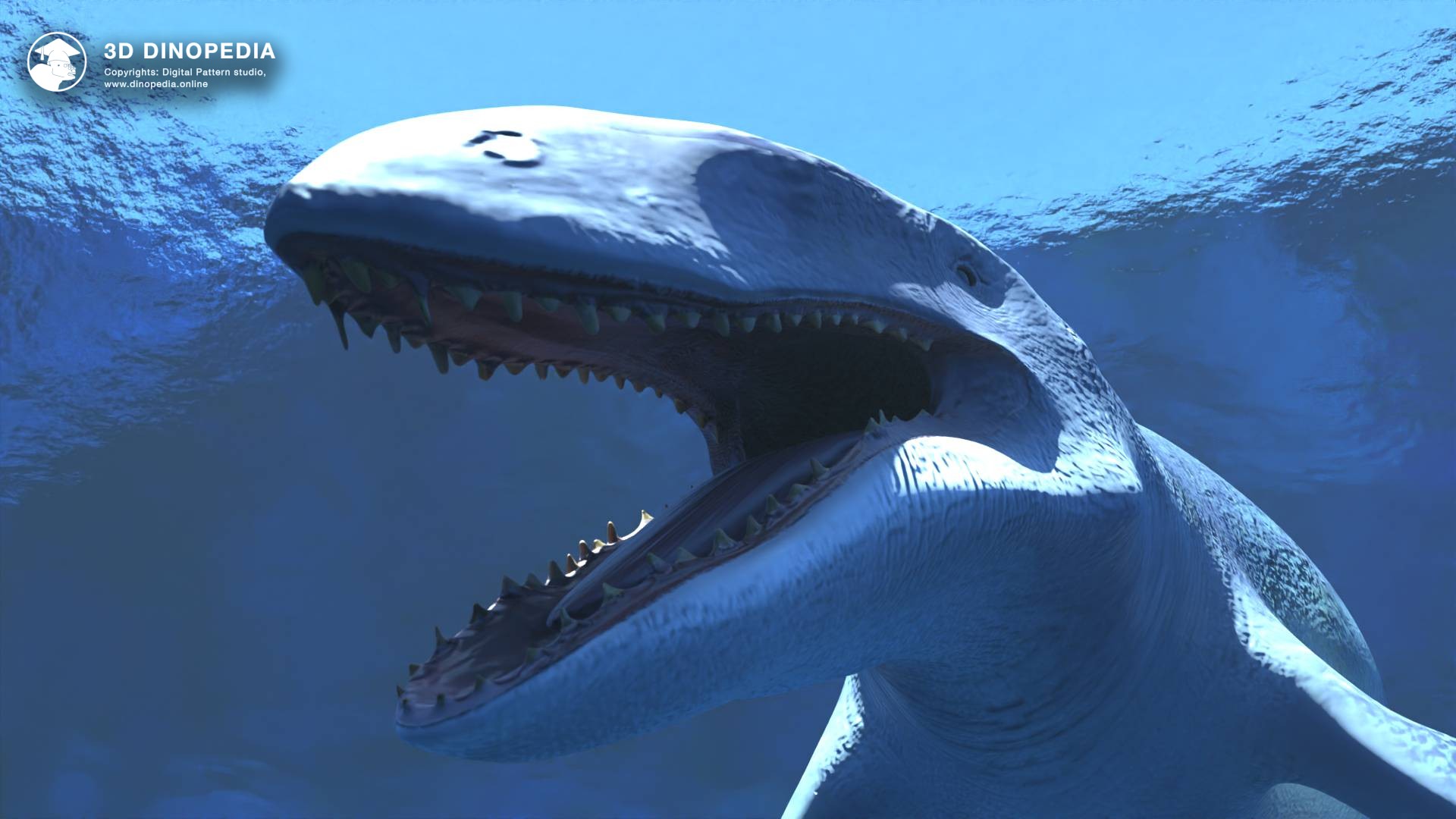
The End of the Cretaceous Period. Through the dark waters of the ocean, individual rays of sunlight timidly made their way. In the distance, a barely noticeable movement began. A mysterious dark spot materialized as if from nowhere and gradually expanded, taking on distinct features. Soon, it became evident that a massive sea monster was breaking through the water, unlike anything the Earth had seen before. This was a huge marine lizard - the Mosasaurus. It had a graceful elongated body, and its tail moved rhythmically like a ship's engine, propelling the massive body. Its four limbs had transformed into flippers, helping it control speed and direction, slicing through the sea like four sharp knives. Its head was astonishing in size, and its eyes, on either side of its snout, glinted malevolently, distinguishing objects almost in complete darkness. Suddenly, it opened its huge mouth, revealing rows of sharp teeth capable of penetrating even the hardest shell. In the dark abyss of its mouth, additional teeth on the upper palate could be seen, ensuring a secure grip on any prey. Its smooth scaly skin was dark on top and light underneath, providing perfect camouflage. Its appearance proclaimed to the world that it was the true ruler of the prehistoric seas.
Such is the portrait of one of the largest hunters of the seas and oceans of the Cretaceous period (145-66 million years ago), the Mosasaurus. Who was the Mosasaurus? What did its relatives look like? How did it appear and why did it disappear? Let's delve into the history of these impressive reptiles from the Mosasauridae family.
As every story has a beginning, the Mosasauridae started their journey in the late Cretaceous, about 100 million years ago. Their ancestors are believed to be the animals known as Aigialosaurus, found in Croatia. They were not particularly remarkable in appearance. An elongated scaly body, a typical reptilian head with small teeth, four limbs. The reptile was not impressively large, barely exceeding 65 cm (2.1 feet), and would have impressed only small fish. In short - an ordinary lizard, or more precisely, a monitor lizard. However, small details in the structure of the skull reveal its true nature and evolutionary potential. From these animals, millions of years later, mighty marine reptiles like the Mosasaurus and Tylosaurus would emerge. Meanwhile, the Aigialosaurus hunted fish using their slightly flattened tails as their main means of locomotion, undulating their whole body in the water. Unlike their descendants, they could still venture onto land.
Gradual sea level rise and temperature increase were quite favorable for the spread and development of new marine reptiles. But the sea was abundant not only with fish but also with its predators. Throughout previous epochs, long-necked Plesiosauroidea and fish-like Ichthyosauria played the role of main consumers of fish, ammonites, and belemnites, while the niche of the largest predators was occupied by Pliosauroidea. For this reason, for nearly ten million years, the marine monitor lizards did not increase much in size, continuing to stay close to the shores. Thus, 92 million years ago in North America, one could encounter the Dallasaurus, which externally was very similar to its predecessor, Aigialosaurus. It also had the limbs of a terrestrial animal, and its length did not exceed 1 meter (3 feet).
The Mosasauridae (Mosasauridae) might have remained small semi-aquatic monitor lizards, had it not been for an important event in the seas - the Cenomanian-Turonian extinction event, which lasted approximately from 92 to 90 million years ago. During this extinction, almost all ancient marine reptiles disappeared, except for the Plesiosauroidea. The newly vacated niche gave new animals a chance to break into the open ocean, and the monitor lizards took this opportunity. Over the next 24 million years, they transformed into some of the largest predators of the seas, changing the structure of their bodies and adapting to a fully aquatic lifestyle. As a result of evolution, two distinctly different groups of Mosasauridae formed - Russellosaurinae and Mosasaurinae. The differences between them are so striking that some paleontologists suggest they had different ancestors. If this hypothesis is correct, it means that two groups of ancient monitor lizards independently ventured into the water, turning into marine hunters. Let's examine the main differences and features of animals from these groups by comparing two creatures - the Tylosaurus from the Russellosaurinae subfamily and the Mosasaurus from the Mosasaurinae.
In size, these reptiles were comparable, reaching lengths of 6-12 meters. However, the record length was held by Mosasaurinae - the Mosasaurus hoffmanni grew up to 17-18 meters, while the largest Tylosaurus proriger reached 14-15 meters. Both lizards had elongated bodies, but the Tylosaurus looked somewhat more graceful and slender. While the Mosasaurus resembled a 10-ton whale, the Tylosaurus was more like a 5-ton lizard.
The Tylosaurus' head was noticeably larger, exceeding 2 meters in the largest individuals, while the Mosasaurus could not boast a skull larger than 1.7 meters. However, the jaws of the Tylosaurus were narrower and much more resembled those of modern lizards in structure. Its mouth opened very wide upwards and sideways, allowing it to swallow large prey whole (up to 5 meters long!). On the other hand, the Mosasaurus had a stronger skull, and its bite force was about twice that of the Tylosaurus. This meant that the lizard preferred to attack large prey, breaking their bones and tearing off large pieces of flesh, consuming its victim in parts.
Different body structures and shapes suggested to paleontologists that these animals had distinct swimming styles. Mosasaurs swam exclusively by tail movement, conserving energy while developing decent speed, whereas tylosaurs used almost their entire body for movement, performing undulating motions. As a result, they expended more effort and energy, lost speed, but gained greater maneuverability, which was quite handy when their prey was very agile.
Thus, from the examples of tylosaurs and mosasaurs, we can conclude that different groups of mosasaurs tried to conquer the seas in slightly different ways. The tylosaur became a maneuverable hunter of agile prey. However, this does not mean that it fed exclusively on fish. Sometimes quite unusual finds, such as the Hesperornis, a type of ancient sea bird, were discovered in the stomachs of tylosaurs. The second group of Mosasauridae eventually led to animals similar to modern orcas, only significantly larger. They were capable of overcoming prey of almost any size, sometimes even attacking other mosasaurs. Ultimately, in the evolutionary race between Russellosaurinae and Mosasaurinae, the latter won, capturing the seas around 72 million years ago and becoming the undisputed rulers of the oceans. They might have remained the largest marine hunters to this day had it not been for the great extinction 66 million years ago. The asteroid impact put an end to this fascinating experiment of nature, leading to the emergence of some of the best hunters of all time - the marine monitor lizards, the mosasaurs.
In our app '3D Dinopedia: Paleontology', you can view 3D models of mosasaurs and tylosaurs, compare their size, speed, length, and mass, and find a wealth of additional information about these animals!
Discussions
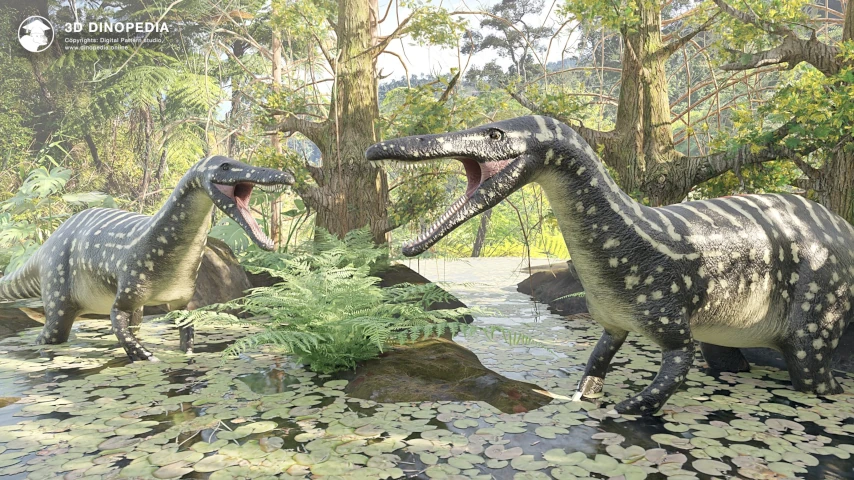
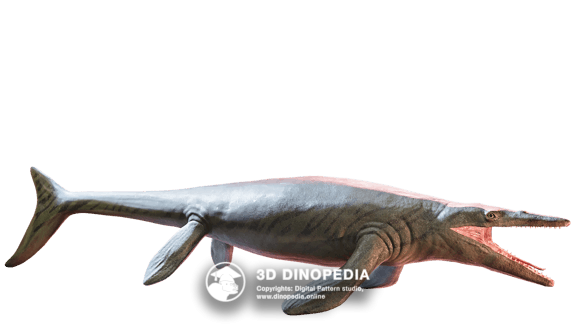


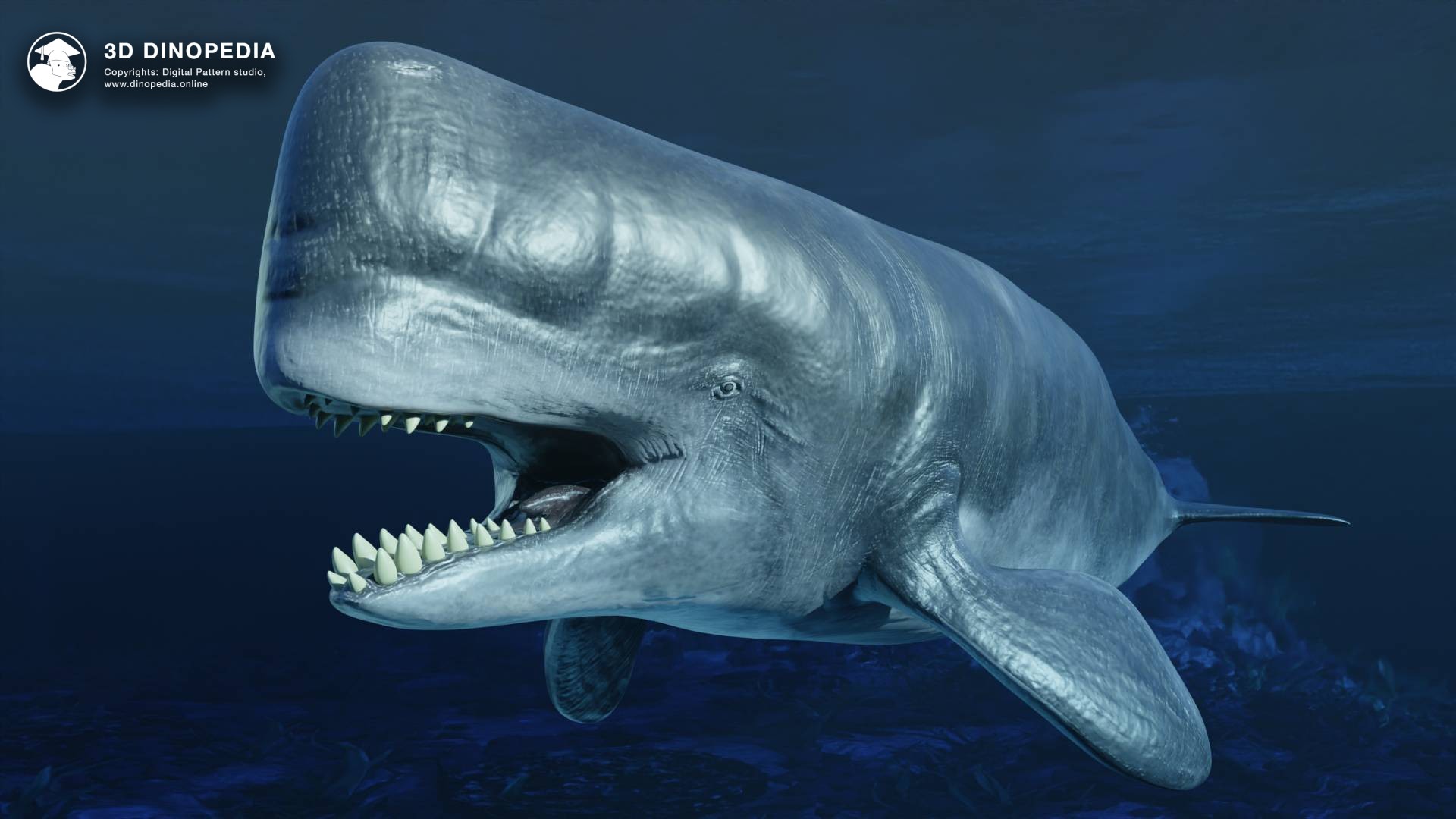

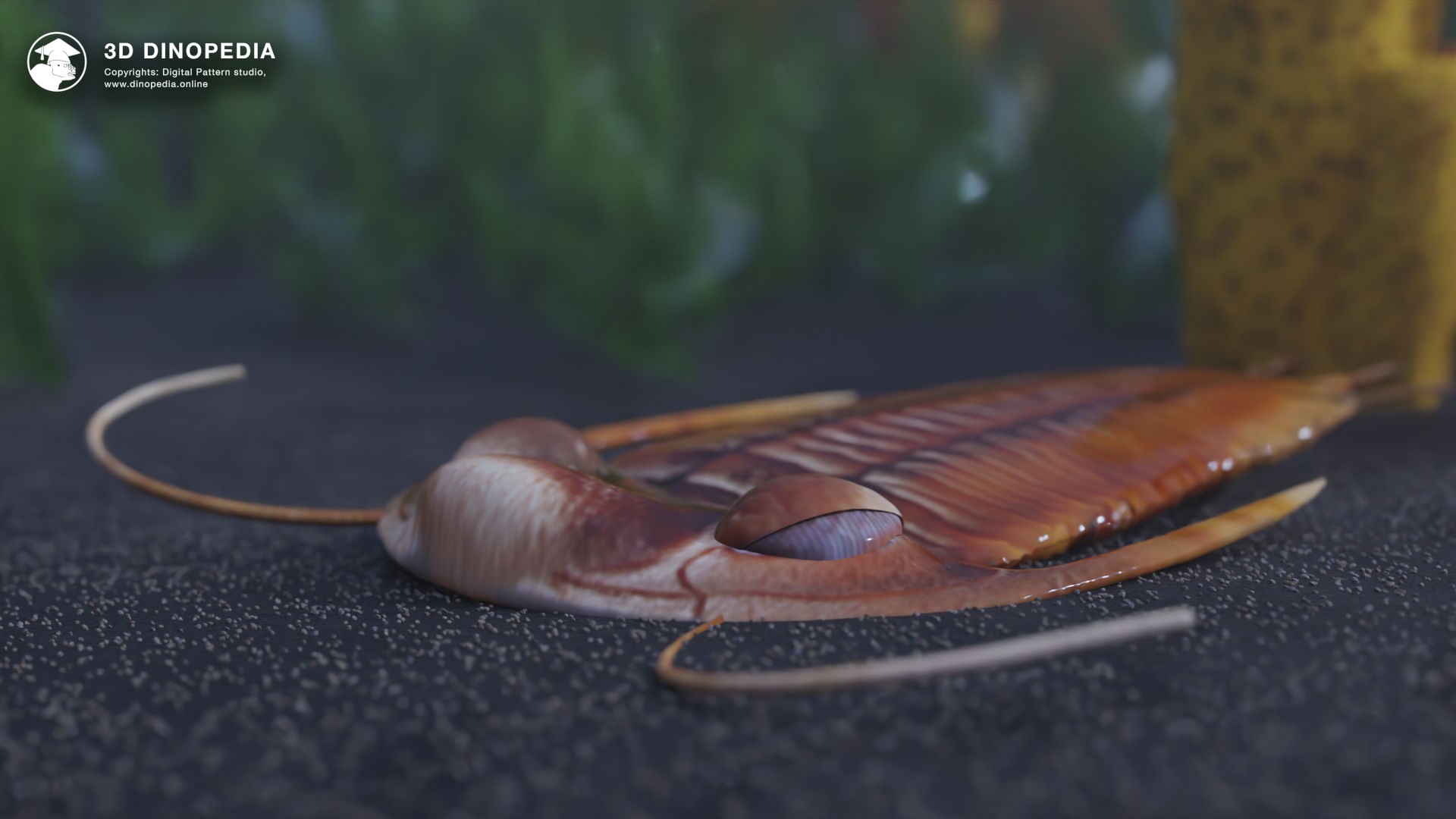

{{ count }} comments
You must login to write a comment